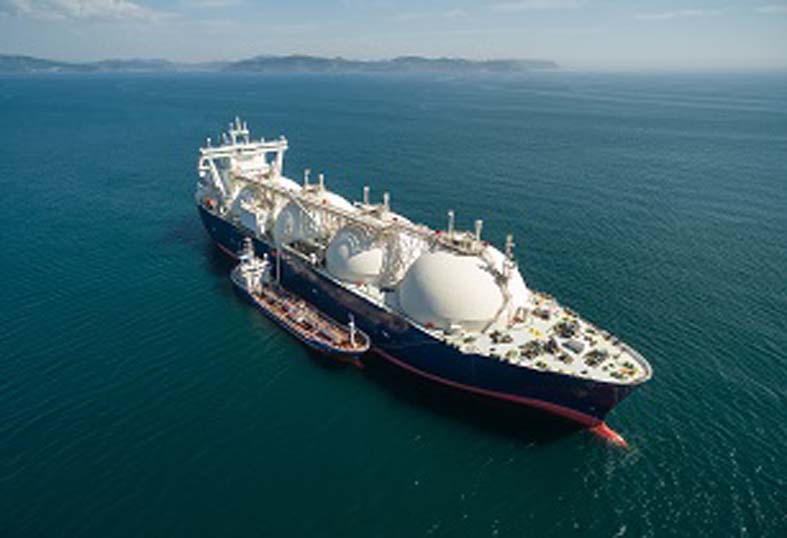While a record low number of large ships was lost over the past year, fire risk, the ripple effects of the Ukraine conflict, decarbonisation challenges and economic uncertainty, as well as the rising cost of marine claims, are creating new obstacles, according to insurer Allianz Global Corporate & Specialty SE’s (AGCS) Safety & Shipping Review 2023
“Shipping losses have sunk to the lowest number we have seen in the 12-year history of our annual study, reflecting the positive impact safety programmes, trainings, changes in ship design and regulation have had over time,” said Captain Rahul Khanna, global head of Marine Risk Consulting at AGCS.
“While these results are gratifying, several clouds appear on the horizon. More than a year after Russia’s invasion of Ukraine, the growth of the shadow oil tanker fleet is the latest consequence to challenge shipowners, their crew and insurers. Fire safety and the problem of mis-declaration of hazardous cargo must be fixed if the industry is to benefit from the efficiency of ever- larger vessels. Inflation is pushing up the cost of hull, machinery and cargo claims. Meanwhile, although the industry’s decarbonisation efforts are progressing, this remains by far the sector’s biggest challenge. Economic pressures could put vital investments in companies’ strategies, as well as in other safety initiatives, in jeopardy.”
During 2022, 38 total losses of vessels were reported globally, compared with 59 a year earlier. This represents a 65% decline in annual losses over 10 years. South China, Indochina, Indonesia, and the Philippines maritime region is the global loss hotspot, driven by factors including high levels of trade, congested ports, older fleets and extreme weather. The Arabian Gulf, British Isles and West Mediterranean waters were the second top loss locations. Around a quarter of vessels lost in 2022 were cargo. Foundered (sunk/submerged) was the main cause of total loss across all vessel types, accounting for over 50%. Fire/explosion ranked as the second top cause of loss, with vessel collision third.
While total losses declined over the past year, the number of shipping casualties or incidents reported remained consistent (3,032 in 2022 compared to 3,000 in 2021). Machinery damage or failure accounted for close to half of all incidents globally. There were more than 200 fires reported during 2022 – the highest number for a decade, making this the third top cause of incidents globally, up 17% year-on-year.
Factors increasing the risk of fires include new types of cargo being transported on vessels, such as electric vehicles (EVs) and battery-powered goods. Potentially highly flammable lithium-ion (Li-ion) batteries pose a growing risk for container shipping and car carriers. Fires in EVs with Li-ion batteries are difficult to extinguish and capable of spontaneously reigniting.
“Most ships lack the suitable protection, detection and firefighting capabilities to tackle such fires at sea,” said Khanna. “Attention must focus both on pre-emptive measures and emergency plans to help mitigate this peril such as adequate crew training and access to appropriate firefighting equipment or improving early detection systems. Purpose-built vessels for transporting EVs would be advantageous.”
At the same time, hazardous cargos are increasingly transported by increasingly larger vessels, amplifying the impact of fires. AGCS analysis of close to 250,000 marine insurance industry claims shows that fire was the most expensive cause of loss, accounting for 18% of the value of all claims analysed.
Industry reporting systems attribute around 25% of serious incidents onboard container ships to mis-declared dangerous goods, such as chemicals, batteries, and charcoal,
“Failure to properly declare, document and pack hazardous cargo can contribute to blazes or hamper firefighting efforts,” Khanna explained. “Labelling a cargo as dangerous is more expensive. Therefore, some companies try to circumvent this by labelling fireworks as toys or Li-ion batteries as computer parts, for example.”
Several large container shipping companies have turned to technology to address this issue using cargo screening software to detect suspicious bookings and cargo details, while large container operators are imposing penalties.






